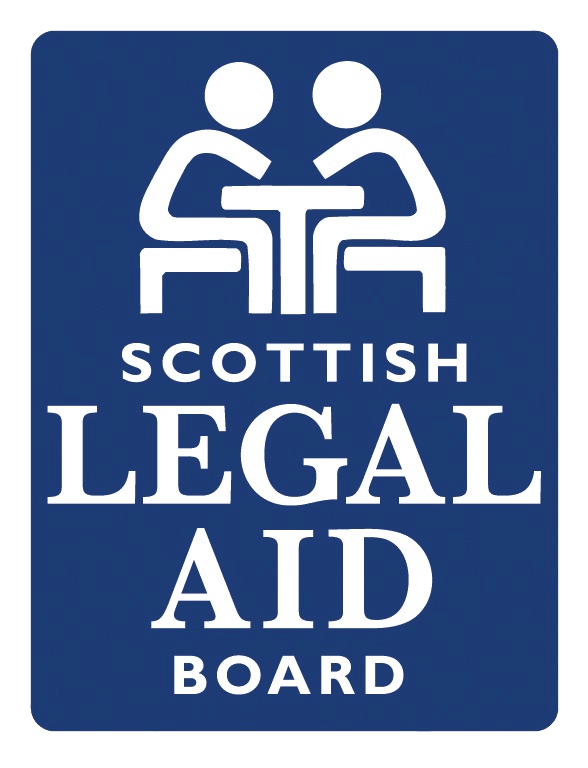Counsel for the appellant argued that the trial judge had erred in directing the jury on a number of key points during the trial. This included details on how certain evidence could and could not be used to corroborate one another.
The appellants and the complainer had spent time in a city centre nightclub and then returned to the second appellant’s home. At this stage the complainer was intoxicated. The appellants both lodged special defences of consent.
To demonstrate the complainer’s lack of consent the Crown relied on the extreme distress of the complainer during a phone call she made to her partner the following morning. The complainer’s partner gave evidence regarding the content of the voicemails. It was agreed by parties that the complainer had lied about the content of the text messages sent to her boyfriend around the same time. It was also agreed that she had no recollection of leaving the voicemails.
At trial the judge provided basic directions on corroboration; however, made no mention of the issue of distress or its evidential importance. The trial judge also made no reference to the medical evidence which had been led. Further to this, he did not direct the jury on how to use the text messages or voicemail messages. He also provided no guidance on hearsay.
Counsel for the appellants argued there had been a miscarriage of justice due to the judge’s failure to provide guidance on essential matters.
In providing the opinion of the court, Lady Dorrian stated: “The directions which were required were directions on law, not directions on fact. All that was required was to explain to the jury the legitimate use to which these various pieces of evidence could be put, what they did with them thereafter would be a matter entirely for them and a direction on law cannot be said to risk seeming to exert any undue influence on the jury. On the contrary, it was an essential part of giving the jury the tools they needed to do their job.”
She continued: The directions given in this case significantly failed to meet the required test. They were superficial and to a large extent formulaic. They failed to explain the legal significance of crucial aspects of the evidence.”
As a result, the appeals against conviction were allowed.


